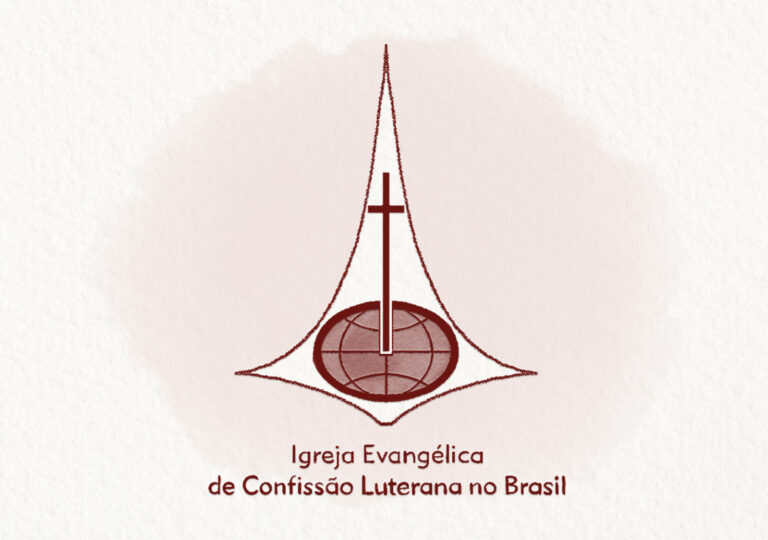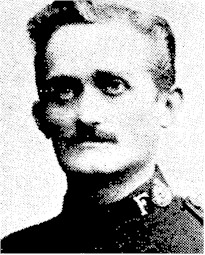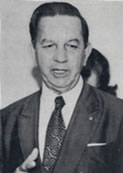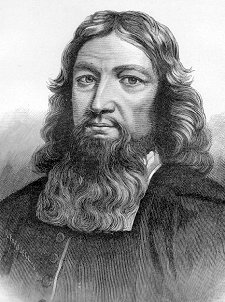
Friedrich Walz (1932 -1984)
Friedrich Walz (1932 -1984) HPD nº 166 Friedrich Walz nasceu em 1932 em Schillingsfürst (Francóvia central) Alemanha. Faleceu 1984 em Schillingsfürst. 1963 pastor e colaborador do Time para Culto Juvenil
Clique em “Ver mais” para ter a visão geral ou acesse diretamente os conteúdos através dos links abaixo.
Ver maisConheça as ênfases e atividades realizadas na Igreja Evangélica de Confissão Luterana no Brasil (IECLB).
Ver maisTenha acesso a conteúdos por temas e âmbitos de trabalho da Igreja Evangélica de Confissão Luterana no Brasil (IECLB).
Ver maisAcesse serviços e documentos da Igreja Evangélica de Confissão Luterana no Brasil (IECLB).
Ver maisConfira os eventos e os cursos oferecidos pela Igreja Evangélica de Confissão Luterana no Brasil (IECLB).
Ver maisFortaleça a fé com as Senhas Diárias, as Meditações Diárias e o Culto Nacional Online.
Ver maisFique por dentro do que acontece na Igreja Evangélica de Confissão Luterana no Brasil (IECLB).
Ver mais
Friedrich Walz (1932 -1984) HPD nº 166 Friedrich Walz nasceu em 1932 em Schillingsfürst (Francóvia central) Alemanha. Faleceu 1984 em Schillingsfürst. 1963 pastor e colaborador do Time para Culto Juvenil

Henry Maxwell Wright (1849-1931) HPD nº 198 (Tr.) Nasceu: 07 de dezembro de 1849 em Lisboa, Portugal; Faleceu: 25 de janeiro de 1931 em Porto, Portugal. Henry nasceu 1849 em

Johann Kaspar Schade (1666-1698) HPD nº 230 Nasceu: 13 de janeiro de 1666 em Kühndorf, próximo de Meiningen, Alemanha. Faleceu: 25 de julho de 1698 em Berlim. Johann Kaspar Schade,

Gerhard Schnitter (*1939) HPD nº 207 Gerhard Schnitter, compositor, regente e autor de hinos, criou o texto e a melodia do hino Ohne dich wären wir verloren (EG 18ª Ed.

Francisco Caetano Borges da Silva (1863- ? ) Tr. HPD nº 161 Francisco Caetano Borges da Silva, um pastor evangélico que nasceu em 1863, em São Miguel, RS. Emigrou para

August Ludvig Storm (1862-1914) HPD nº 237 Nasceu: 23 de outubro de 1962 em Motala, na Suécia. Faleceu: 1º de julho de 1914 em Estocolmo, Suécia. August Ludvig Storm viveu

Isaac Watts (1674-1748) HPD nº 198 Nasceu: 17 de julho de 1674 em Southampton, Inglaterra. Faleceu: 25 de novembro de 1748, em Stoke Newingon, Inglaterra. Sepultado no Bunhill Fields Cemetery,

Christian Renatus von Zinzendorf e Pottendorf (1727-1752) HPD nº 52. Nasceu: 19 de setembro de 1727 em Herrnhut, Saxônia; Faleceu: 28 de maio de 1752 em Londres, Inglaterra. Christian Renatus

Hartmann Schenck (1634-1681) HPD nº 131 Hartmann Schenk nasceu em 7 de abril de 1634, em Ruhla (próximo de Eisenach), Alemanha. Na sua infância sofreu ainda as conseqüências da Guerra

Johann Heinrich Schröder (1667-1699) HPD nº 171 Nasceu: 04 de outubro de 1667 em Springe (rio Deister), próximo de Hannover, Alemanha. Faleceu: 30 de junho de 1699 em Meseberg (próximo

Manoel da Silveira Porto Filho (1908-1988?) HPD nº 192 e 254 (Tr.) Nasceu: 1º de junho de 1908 em Rio de Janeiro Faleceu: 1988? Manoel da Silveira Porto Filho nasceu

Jesper Svedberg (1653-1735) HPD nº 126 Nasceu: 8 de agosto de 1653, Fahlun, Suécia. Faleceu: 26 de julho de 1735, Skara, Västergötland, Suécia. Sepultado: Varnehms Klosterkyrka (igreja de monastério) perto
Todas as notícias
Portal Luterano
We firmly believe that the internet should be available and accessible to anyone, and are committed to providing a website that is accessible to the widest possible audience, regardless of circumstance and ability.
To fulfill this, we aim to adhere as strictly as possible to the World Wide Web Consortium’s (W3C) Web Content Accessibility Guidelines 2.1 (WCAG 2.1) at the AA level. These guidelines explain how to make web content accessible to people with a wide array of disabilities. Complying with those guidelines helps us ensure that the website is accessible to all people: blind people, people with motor impairments, visual impairment, cognitive disabilities, and more.
This website utilizes various technologies that are meant to make it as accessible as possible at all times. We utilize an accessibility interface that allows persons with specific disabilities to adjust the website’s UI (user interface) and design it to their personal needs.
Additionally, the website utilizes an AI-based application that runs in the background and optimizes its accessibility level constantly. This application remediates the website’s HTML, adapts Its functionality and behavior for screen-readers used by the blind users, and for keyboard functions used by individuals with motor impairments.
If you’ve found a malfunction or have ideas for improvement, we’ll be happy to hear from you. You can reach out to the website’s operators by using the following email
Our website implements the ARIA attributes (Accessible Rich Internet Applications) technique, alongside various different behavioral changes, to ensure blind users visiting with screen-readers are able to read, comprehend, and enjoy the website’s functions. As soon as a user with a screen-reader enters your site, they immediately receive a prompt to enter the Screen-Reader Profile so they can browse and operate your site effectively. Here’s how our website covers some of the most important screen-reader requirements, alongside console screenshots of code examples:
Screen-reader optimization: we run a background process that learns the website’s components from top to bottom, to ensure ongoing compliance even when updating the website. In this process, we provide screen-readers with meaningful data using the ARIA set of attributes. For example, we provide accurate form labels; descriptions for actionable icons (social media icons, search icons, cart icons, etc.); validation guidance for form inputs; element roles such as buttons, menus, modal dialogues (popups), and others. Additionally, the background process scans all the website’s images and provides an accurate and meaningful image-object-recognition-based description as an ALT (alternate text) tag for images that are not described. It will also extract texts that are embedded within the image, using an OCR (optical character recognition) technology. To turn on screen-reader adjustments at any time, users need only to press the Alt+1 keyboard combination. Screen-reader users also get automatic announcements to turn the Screen-reader mode on as soon as they enter the website.
These adjustments are compatible with all popular screen readers, including JAWS and NVDA.
Keyboard navigation optimization: The background process also adjusts the website’s HTML, and adds various behaviors using JavaScript code to make the website operable by the keyboard. This includes the ability to navigate the website using the Tab and Shift+Tab keys, operate dropdowns with the arrow keys, close them with Esc, trigger buttons and links using the Enter key, navigate between radio and checkbox elements using the arrow keys, and fill them in with the Spacebar or Enter key.Additionally, keyboard users will find quick-navigation and content-skip menus, available at any time by clicking Alt+1, or as the first elements of the site while navigating with the keyboard. The background process also handles triggered popups by moving the keyboard focus towards them as soon as they appear, and not allow the focus drift outside it.
Users can also use shortcuts such as “M” (menus), “H” (headings), “F” (forms), “B” (buttons), and “G” (graphics) to jump to specific elements.
We aim to support the widest array of browsers and assistive technologies as possible, so our users can choose the best fitting tools for them, with as few limitations as possible. Therefore, we have worked very hard to be able to support all major systems that comprise over 95% of the user market share including Google Chrome, Mozilla Firefox, Apple Safari, Opera and Microsoft Edge, JAWS and NVDA (screen readers).
Despite our very best efforts to allow anybody to adjust the website to their needs. There may still be pages or sections that are not fully accessible, are in the process of becoming accessible, or are lacking an adequate technological solution to make them accessible. Still, we are continually improving our accessibility, adding, updating and improving its options and features, and developing and adopting new technologies. All this is meant to reach the optimal level of accessibility, following technological advancements. For any assistance, please reach out to

